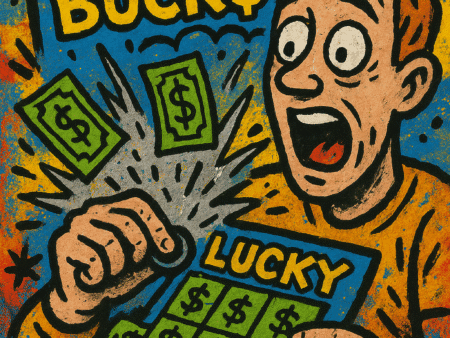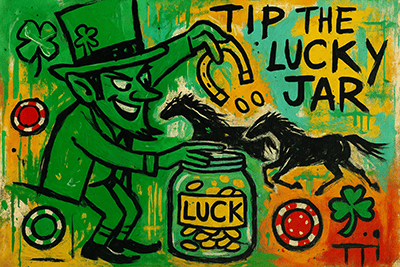The Story
After 41 consecutive drawings without a winner, the Powerball finally delivered. Two tickets—one sold in Missouri, the other in Texas—will split nearly $1.8 billion, making it one of the largest lottery prizes in U.S. history. Each winner has the option of taking an annuity paid over 30 years or a lump-sum cash payout that will come in significantly lower after taxes.
The run-up was staggering. Rollovers kept stacking, and by the time the winning numbers hit, the jackpot had captured headlines and long lines at convenience stores across the country. It’s the lottery in its purest form—life-changing money balanced against astronomical odds.
The Odds: Why Winning Feels Like Magic
The chance of hitting all five numbers plus the Powerball is 1 in 292.2 million. To put that in perspective, you’re more likely to:
- Be struck by lightning multiple times.
- Be drafted into the NFL without ever playing college football.
- Catch a foul ball at a baseball game in back-to-back nights.
And yet, people play because once in a while lightning does strike. Luck, in this arena, is not about frequency—it’s about the rare moment when improbable lines converge.
Lump Sum vs. Annuity: A Fortune’s Fork in the Road
When jackpots hit this level, the choice of payout becomes part of the story.
- Annuity: Roughly $1.8 billion spread over 30 years, with annual payments increasing by 5 percent to offset inflation.
- Lump sum: A one-time payout closer to $800–900 million before federal taxes. State taxes may apply depending on where the ticket was purchased.
Historically, most winners take the lump sum. It’s immediate, but it also shrinks the total. The annuity is safer for discipline, but it demands patience and planning.
Why Rollovers Matter
Jackpots don’t reach record levels because of single draws—they reach them because of streaks. When 30, 40, or more drawings go without a winner, the pool snowballs. By the time you reach billion-dollar territory, casual players jump in and ticket sales spike. More players actually increase the odds that someone will finally hit, but the odds of any individual ticket remain unchanged.
In this case, it took 41 drawings for someone to finally match the numbers. That streak is a reminder of just how difficult it is to win, and how powerful compounding can be—both in building jackpots and in fueling hype.
The LuckyBets Spin
Luck in the lottery isn’t about predicting the next drawm, it’s about knowing when the stars align. Record jackpots aren’t just about probability; they’re about momentum. People who normally never play will buy in when the number hits $1 billion or higher. That mass attention is its own kind of ritual.
For bettors, the lesson is discipline. You can’t game the math, but you can decide when and how to play. Setting a budget for lottery tickets is like setting a bankroll for sports bets, it’s a ritual that keeps you in the game long enough for luck to find you.
Past Billion-Dollar Jackpots: A Pattern of Rarity
- $2.04 billion (2022): Won by a single ticket in California.
- $1.76 billion (2023): Won by a single ticket in California.
- $1.58 billion (2016): Split between three tickets in California, Florida, and Tennessee.
- Now $1.8 billion (2025): Split between Missouri and Texas.
The pattern is clear: billion-dollar jackpots are rare, but they’ve become slightly more common since Powerball expanded its number pool in 2015. That expansion lowered the odds of winning, which means longer streaks and larger rollovers.
Closing Reflection
The $1.8 billion jackpot is gone, but the chase continues. Every rollover, every draw, every ticket is another reminder that luck does not bend to logic, it bends to persistence and presence.

Luck is not a guarantee. It’s a guest. Show up with structure, invite it with ritual, and when it arrives, be ready to hold on.
LuckyBets.com













